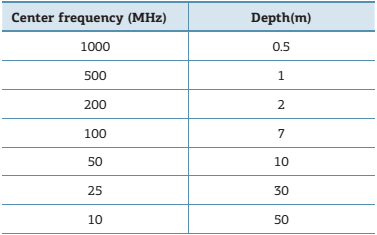ABSTRACT:
One key factor for the advance in the study of fluvial deposits is the application of geophysical methods, being the Ground Penetrating Radar one of special value. Although applied to active rivers, the method is not extensively tested on the rock record, bearing interest for hydrocarbon reservoir analogue models. The São Sebastião and Marizal formations were the subject of previous studies, which made possible the comparison of Ground Penetrating Radar survey to previous stratigraphic studies in order to identify the best combination of resolution, penetration and antenna frequency for the studied subject. Eight radar facies were identified, being six of them related to fluvial sedimentary environments, one related to eolian sedimentary environment and one radar facies interpreted as coastal sedimentary environment. The Ground Penetrating Radar data showed compatibility to sedimentary structures in the outcrops, like planar and trough cross-stratified beds. It is noted that the obtained resolution was efficient in the identification of structures up to 0.3 m using a 100 MHz antenna. In this way, the Ground Penetrating Radar survey in outcrops bears great potential for further works on fluvial depositional architecture.
KEYWORDS:
radar facies; Ground Penetrating Radar; fluvial system; São Sebastião Formation; Marizal Formation.

 Thumbnail
Thumbnail
 Thumbnail
Thumbnail
 Thumbnail
Thumbnail
 Thumbnail
Thumbnail
 Thumbnail
Thumbnail
 Thumbnail
Thumbnail
 Thumbnail
Thumbnail
 Thumbnail
Thumbnail











